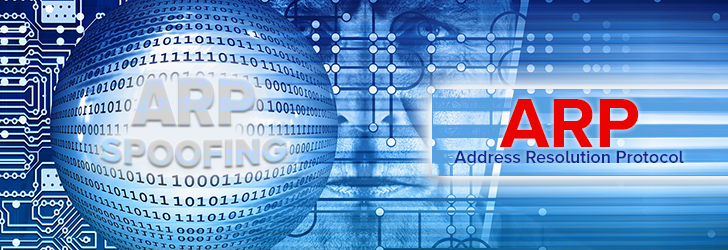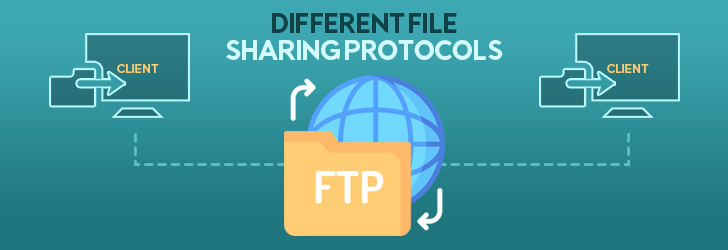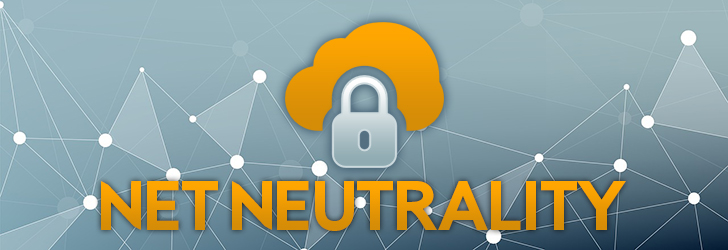
The Address Resolution Protocol (ARP) Spoofing attack, also called ARP Cache Poisoning or ARP Poison Routing, is a technique by which an attacker sends spoofed ARP messages onto a Local Area Network (LAN). It is used to allow the attacker access to incoming internet traffic on a LAN by having their Media Access Control (MAC) Address be linked to the Internet Protocol (IP) Address of another host (usually, the default gateway). Through this, they’re able to receive incoming traffic intended for that IP Address which allows them to intercept the data, modify traffic, or even stop all traffic on the network. Because of this, the technique is often used to open up the possibility of other attacks such as a Denial of Service (DoS) attack, a man in the middle attack, and a session hijacking attack. The success of the attack depends heavily on the attacker gaining direct success to the targeted local network segment and it can only be used on networks which use ARP.










